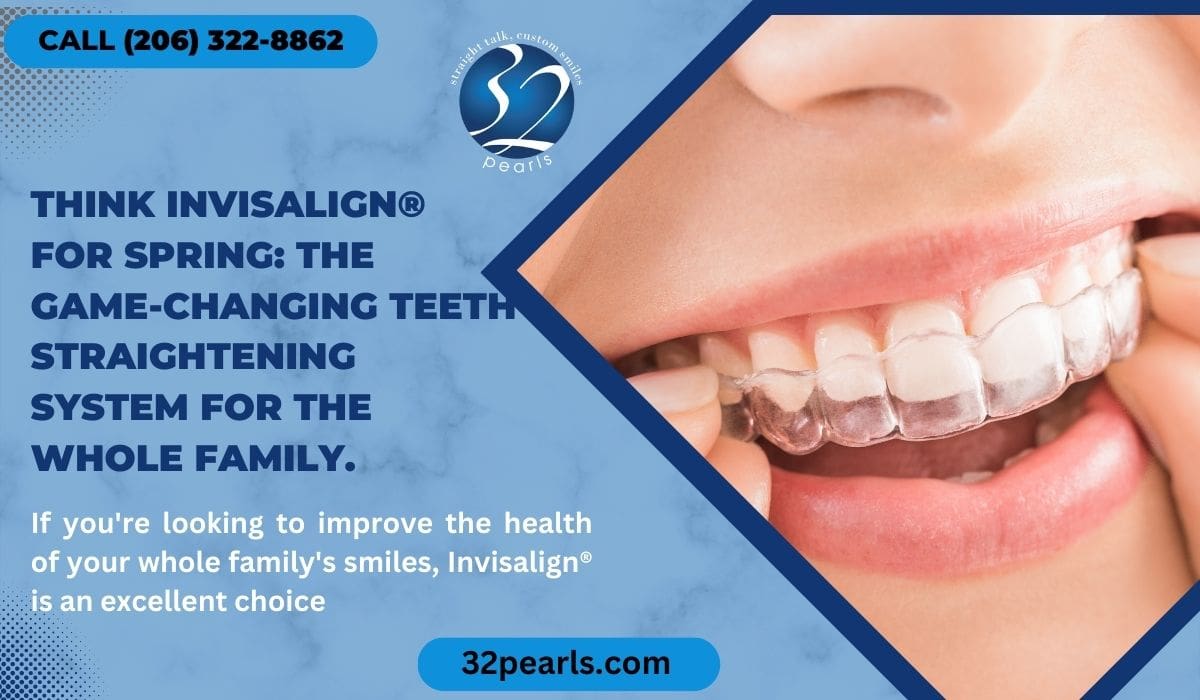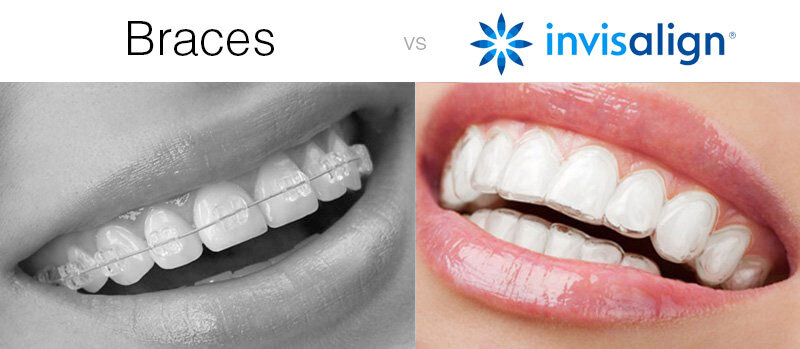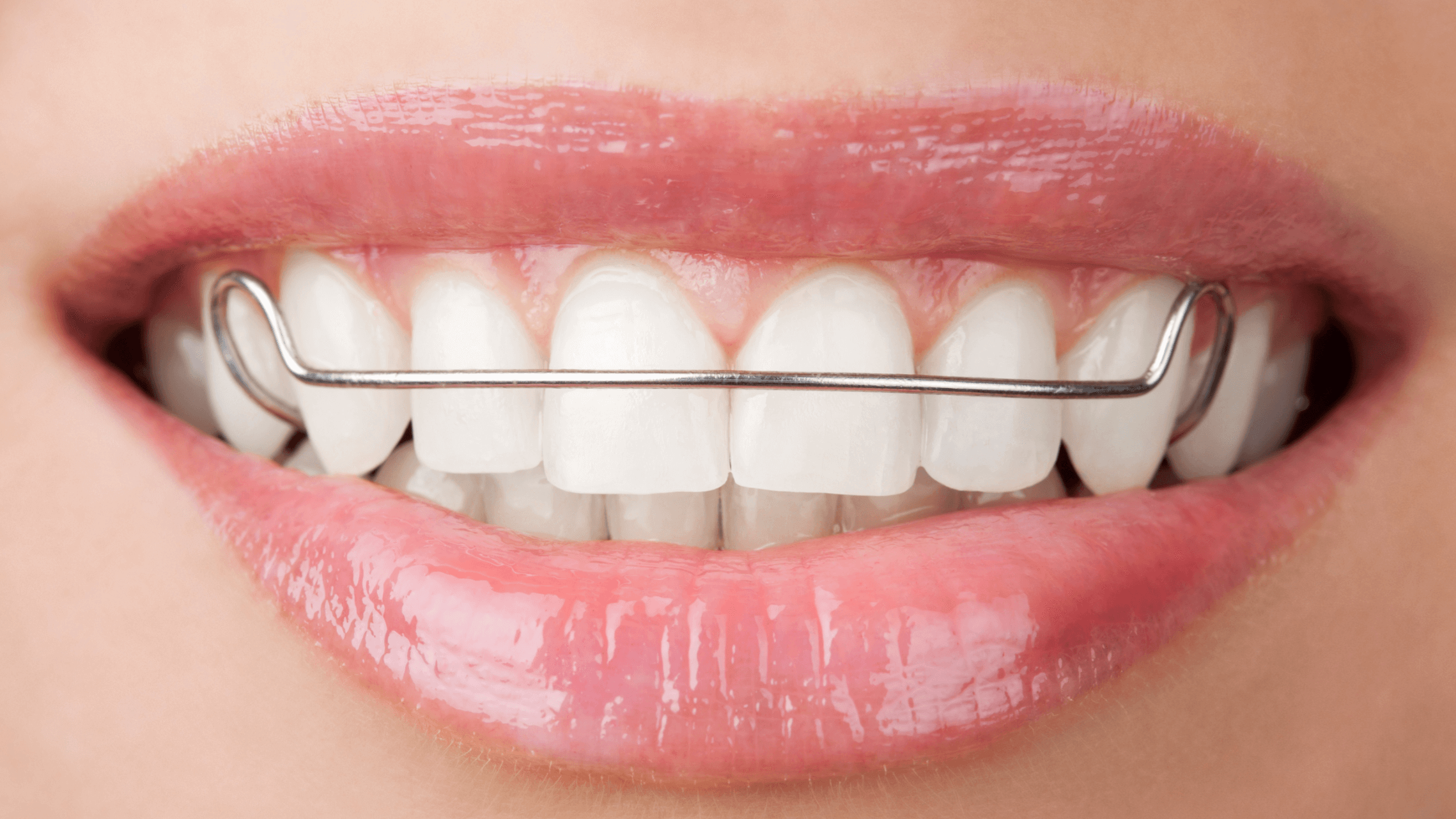Top Reasons to Select Invisalign Over Other Orthodontic Treatments
Top Reasons to Select Invisalign Over Other Orthodontic Treatments
Blog Article
Invisalign vs. Traditional Braces: Which Choice Is Right for You?
When taking into consideration orthodontic treatment, the option in between Invisalign and typical dental braces presents several crucial variables that warrant careful assessment. Invisalign provides a very discreet choice with detachable aligners, while traditional braces offer a much more noticeable yet efficient remedy for extreme imbalance. Each alternative encompasses distinct benefits and disadvantages connected to aesthetic appeals, convenience, therapy period, and price. Understanding these nuances is essential for making an informed decision that aligns with your personal choices and way of living. The concern stays: which choice will finest meet your orthodontic needs and expectations?
Introduction of Treatment Options

In comparison, traditional braces include metal braces and cords that are bound to the teeth. This approach applies constant stress in time to attain alignment. While efficient for intricate orthodontic problems, typical braces need normal check outs for changes and can pose difficulties in keeping dental hygiene because of the trouble of cleaning around cords and brackets.
Both options have their qualities, and the choice typically pivots on details oral conditions, lifestyle preferences, and patient compliance. Eventually, getting in touch with an orthodontic professional is important for figuring out one of the most ideal therapy strategy customized to specific demands. Recognizing the subtleties of each choice can dramatically affect the total success of orthodontic treatment.
Visual Factors To Consider
A substantial variable affecting the selection in between Invisalign and standard braces is the aesthetic appeal each therapy supplies. Invisalign aligners are crafted from clear plastic, making them virtually invisible when worn. This very discreet look is specifically interesting young adults and grownups who may really feel self-conscious concerning their orthodontic therapy. The capability to preserve a natural smile throughout the placement process can significantly boost the person's self-confidence in social and expert setups.
On the other hand, traditional dental braces contain steel brackets and cords, which can be a lot more visible. While advancements in orthodontic innovation have brought about the advancement of smaller sized brackets and tinted elastics, conventional dental braces still maintain an even more conspicuous account. For some individuals, the exposure of dental braces may hinder them from seeking necessary treatment.
Inevitably, the option in between Invisalign and standard braces may hinge on personal choices pertaining to aesthetics. Individuals that prioritize discernment often lean towards Invisalign, while those that are less concerned concerning visibility may select traditional braces. Comprehending the visual implications of each choice is critical for making an informed decision that straightens with one's way of living and preferences.
Convenience and Convenience

In terms of ease, Invisalign aligners are detachable, allowing people to appreciate their favored foods without limitation and preserve optimal dental health. Brushing and flossing are streamlined, as the aligners can be obtained during these routines, whereas traditional dental braces call for cautious maneuvering around wires and braces.
In addition, Invisalign's modern system permits less orthodontic check outs. Clients generally get several collections of aligners simultaneously, which can enhance the treatment procedure and minimize time spent in the orthodontist's chair. On the other hand, conventional dental braces require regular changes, making them less practical for those with busy routines. Invisalign. On the whole, the comfort and benefit of Invisalign make it an enticing choice for lots of people why not try these out seeking orthodontic therapy.
Treatment Duration and Performance
While both Invisalign and conventional dental braces work in fixing oral imbalances, the period of therapy can vary substantially in between both options. Commonly, Invisalign treatment can take anywhere from 12 to 18 months, depending on important site the complexity of the situation. The clear aligners function by gradually shifting teeth into their preferred placements, and normal follow-ups with an orthodontist help guarantee development continues to be on track.
On the other hand, conventional braces typically call for a longer dedication, generally ranging from 18 months to three years. This is due to their fixed nature and making use of cables and brackets, which can be a lot more efficient for complicated situations and serious imbalances (Invisalign). The treatment efficiency of standard braces is well-documented, as they enable accurate modifications and higher control over tooth motion
Ultimately, the choice between Invisalign and traditional dental braces might depend upon both the expected treatment duration and the specific dental concerns handy. Consulting with an orthodontist is vital, as they can supply tailored suggestions based on specific demands, making certain the selected technique aligns with wanted end results and durations.
Price Comparison and Insurance Coverage Options
Cost plays a significant duty in the decision-making procedure for individuals considering orthodontic therapy, whether choosing for Invisalign or traditional dental braces. On standard, the cost of Invisalign arrays from $3,000 to $8,000, while standard braces generally cost in between $2,000 and $6,000. Variables affecting these costs consist of the complexity of the case, the period of therapy, and geographical location.
Insurance policy protection can significantly influence out-of-pocket expenses. Several dental insurance strategies provide partial protection for orthodontic treatments, however the specifics can vary commonly. It is essential for people to evaluate their insurance policy policies to figure out the extent of protection for either option. Normally, typical braces might be much more often covered by insurance policy plans compared to Invisalign, which some insurers categorize as an aesthetic procedure.
Additionally, several orthodontic methods use adaptable layaway plan, making both treatment choices a lot more obtainable. Patients should ask about prospective funding choices and price cuts for ahead of time settlements. Reviewing the complete price, consisting of insurance benefits and payment strategies, is essential for making an informed decision that aligns with both visual choices and spending plan factors i loved this to consider.
&srotate=0)
Conclusion
In summary, the choice between Invisalign and traditional dental braces pivots on numerous variables, consisting of visual choices, comfort, treatment duration, and cost. Invisalign offers a very discreet, detachable alternative that assists in dental hygiene and dietary flexibility, while typical dental braces might be preferable for complex dental issues and frequently come at a reduced rate factor. Eventually, assessment with an orthodontist is important to analyze specific scenarios and determine the most suitable treatment choice for achieving optimum dental placement.
When taking into consideration orthodontic treatment, the selection between Invisalign and traditional dental braces provides a number of important aspects that merit mindful examination.Comparing Invisalign and typical braces reveals unique treatment alternatives for orthodontic adjustment.While both Invisalign and typical braces are effective in remedying dental misalignments, the period of treatment can differ dramatically in between the two alternatives.Price plays a significant duty in the decision-making process for individuals taking into consideration orthodontic treatment, whether deciding for Invisalign or conventional dental braces.In summary, the option in between Invisalign and traditional dental braces pivots on multiple aspects, including aesthetic choices, convenience, treatment duration, and price.
Report this page